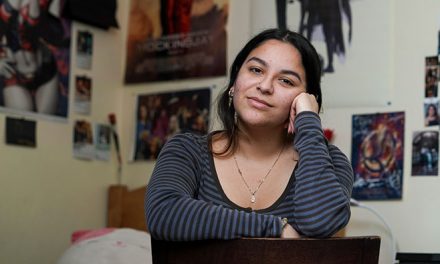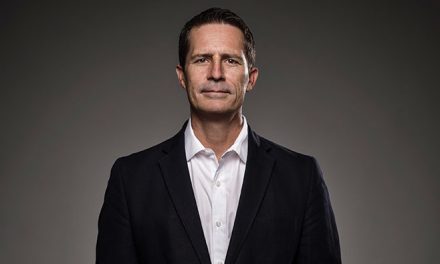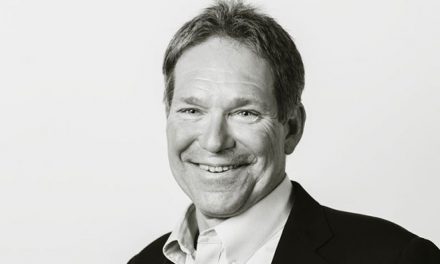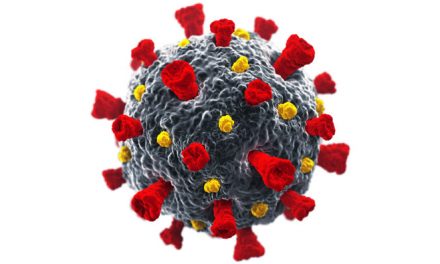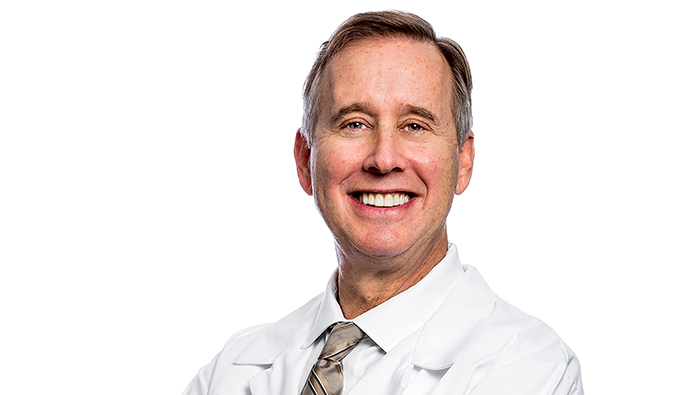
A Muscle Mission
For most of his career, Richard Lieber ’78, Ph.D. ’83, has focused on understanding and solving painful and debilitating muscle contractures that are the result of cerebral palsy, stroke and spinal cord injury. The American Academy for Cerebral Palsy and Developmental Medicine recently recognized his efforts with its Lifetime Achievement Award.
“In many ways, I feel like I’m just getting started because now I’m here in Chicago in a system that allows me to excel and innovate,” Lieber said. “I’m supercharged.”
Lieber is the first recipient who is not a medical doctor. But his contributions have benefited patients through better understanding of function, new surgical techniques and even hands-on tools for clinicians.
Since 2014, he has been a chief scientific officer and senior vice president of research at Shirley Ryan Ability Lab, a physical medicine and rehabilitation research hospital affiliated with Northwestern University in Chicago.
He oversees the work of more than 250 researchers that has more than 300 research studies and clinical trials under way.
But at the start, his career path wasn’t so certain.
The UC Davis years
Lieber almost became a musician after high school. Music was the family business.
Growing up in Walnut Creek, his father was the bandleader at the Fairmont Hotel in San Francisco, and Lieber, himself, was already a regular on the Bay Area coffeehouse performance circuit. Instead, he became the first in his nuclear family to attend college.
“I would drive between San Francisco and Lake Tahoe — and drive by UC Davis,” he said. “I remember telling my mom and dad that my music career is not going anywhere and I think I should go to college.”
Though he did not yet know what he would study, he had always enjoyed learning how things work. He studied physiology as an undergraduate with a plan to go to medical school.
To prepare, he started working in the lab of Ronald Baskin, a professor of molecular and cellular biology and an authority on the molecular basis of muscle contraction. This relationship would ultimately impact his direction — and formed the basis for many happy memories on campus.

Lieber as an undergraduate in 1976 with computer equipment he helped to build. (Courtesy)
“One day, Ron said to me in our class that he was going to the Bay Area to buy this thing called a microprocessor. Did I want to come?” Lieber remembered. “I drove with him to Santa Clara to a little company called Intel, and we bought this big wooden box with a chip in it and a giant car full of manuals to try to make this chip do science.
Together, they built what he described as one of the first computers to measure a biological signal — measuring the optical properties of muscle. They ultimately published their findings in an engineering journal.
“What an opportunity for a kid!” he said.
Lieber added he took his fundamental courses at UC Davis in physiology, engineering, zoology and animal science. He ultimately earned his Ph.D. in biophysics at UC Davis.
Becoming a muscle man
He took a postdoctoral position at UC San Diego, where he became a professor in 1984. There, he focused his research on the science and physiology of skeletal muscle.
He also developed an expertise in cerebral palsy. The spark first came from a connection at UC Davis, where he became aware of the associated muscle problems. At UCSD, he was able to make connections and work with surgeons to further study patients with cerebral palsy.
He helped develop a tool to allow surgeons to measure exactly the microscopic structure of a muscle and therefore how it would best function. He also was part of the discovery that muscle contractures in children with cerebral palsy happen because the muscles fail to grow. The children do not have enough stem cells that aid in muscle growth.
Lucas Smith, an assistant professor in the UC Davis Department of Neurobiology, Physiology and Behavior, earned his Ph.D. from UCSD, with Lieber as his primary advisor.
“He taught me how to conduct rigorous experiments on muscle, but more than that he taught me what it means to be passionate about science,” Smith said. “He was adept at breaking large problems down into fundamental chunks and then motivating us to tackle them.” Smith added that Lieber gave him confidence to take the position at UC Davis in 2018.
His work led Lieber to dabble in entrepreneurship, and he even earned his M.B.A. from UCSD’s Rady School of Management in 2013.
“My M.B.A. taught me a lot about what universities can do in order to make progress,” he said.
In 2014, he took his current position at the Shirley Ryan Ability Lab. These days, he said he’s still excited about the work and is optimistic for more breakthroughs.
To address the lack of stem cells needed for growing healthy muscle in children with cerebral palsy, Lieber and his team have recently started a trial in which they use an anti-cancer drug to turn altered muscle stem cells back into normal muscle stem cells.
On the technology side, he is working on a new laser to measure the structure of muscles — one that would not require cutting a person open as was done in the earlier studies.
“I just shine the new laser onto the skin like a laser pointer, and I get signals back,” he said. “We think that being able to measure this more broadly would have a lot of societal impact because musculoskeletal issues are so common in the typical doctor’s office.”
Lieber said he considers his UC Davis education to be foundational to his success: “I met amazing professors, especially Dr. Baskin, who taught me how to think critically. For that, I will be forever grateful. Go Aggies!”

